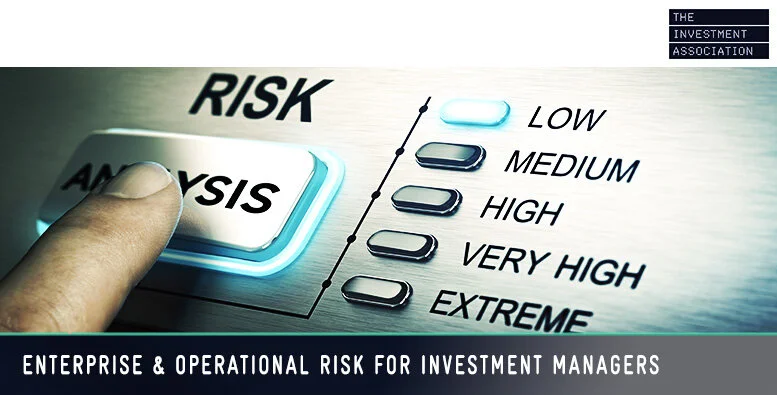
Understanding Financial Adequacy: Capital and Liquidity Requirements for Investment Management Firms
The FCA published its discussion paper DP20/2 A new UK prudential regime for MiFID investment firms in June 2020, setting out how it intends to implement its own version of the EU’s Investment Firms Directive and Investment Firms Regulation. This developed the thinking provided in its finalised guidance, FG 20/1 Our Framework: Assessing adequate financial resources, which all firms should have already incorporated into their governance arrangements. The FCA is now in the process of publishing a series of consultation papers, which provide more detailed guidance, together with draft handbook text.
If they have not already done so, firms need to plan their transition to the updated regulations. Indeed, the next version of most firm’s capital (and liquidity) adequacy assessment should follow the new approach, rather than the old ICAAP approach, since this will ensure compliance with both the new regulations and the FCA’s current guidance. Firms should also be aware of the FCA’s five new transition provisions, which include: own funds requirements, the collection of data and the calculation of Pillar 1 requirements.
Although the underlying principles of ensuring adequate capital and liquidity resources remain the same, there are significant differences in the conceptual approach since the new regime is designed specifically for investment firms, rather than being adapted from the regime for credit institutions. In particular, there is an entirely new approach to the Pillar 1 own funds requirement and new minimum liquidity requirements for all firms. In addition, the approach to risk assessment under ICARA (the ICAAP replacement) must be undertaken using a new perspective based on harms to client and markets rather than through the lens of the EU Capital Requirements Regulation risk categories. This perspective must also be reflected in the firm’s strategic plans and risk appetite—indeed, it will be hard for firms to show that they comply with the new regulations unless these reflect the new approach.
While the FCA has provided detailed documentation, navigating the new concepts and understanding how these relate to the old approach is not a trivial exercise. Further, there are a number of areas that may have a negative impact on firms, depending on the nature and structure of their business model, and these need to be identified. This new course is based on a detailed analysis of the FCA’s new requirements and has been designed to explain capital and liquidity adequacy concepts in line with the new regulations; clarify the ICARA approach; and show how to move from ICAAP to ICARA. It will therefore be of interest both to those new to financial adequacy and to those looking to update their existing approach.
Key Learning Objectives:
Consider the main elements of an investment manager’s balance sheet and how these are related to capital and liquidity
Understand why firms do not “hold” capital, the true nature of capital and why it is required
Understand the reasons why firms usually fail due to illiquidity rather than insolvency
Be able to identify the key capital and liquidity risks facing an investment manager
Know the key differences between the ICARA and the ICAAP and how to meet the new requirements
Understand the changes needed to migrate from ICAAP to ICARA
Know how to address each of the key elements in the ICARA, including:
Harms to clients and markets
Risks to own funds
Liquidity risks
Viability of the business model and strategy (e.g. planning, stress testing, reverse stress testing)
Wind-down planning

